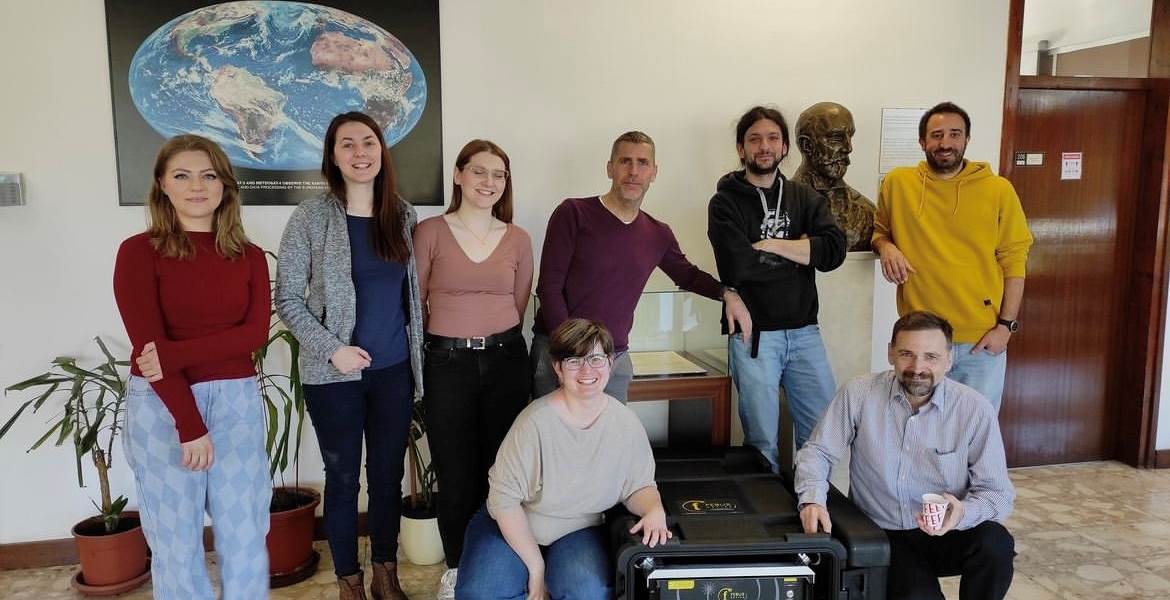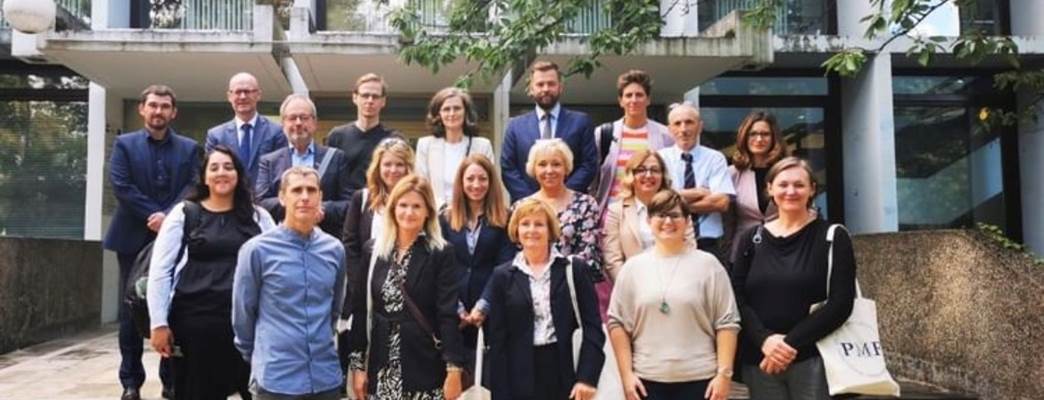About the project
The main goal of the project “Investigation of seismically vulnerable areas in Croatia and seismic ground motion assessment” - CRONOS, is to provide technical assistance and support to earthquake-prone areas in Croatia. By providing information on seismic hazards, it will increase public awareness and understanding of the risks associated with earthquakes.
This will help promote the development of better building codes and other measures to reduce the impact of earthquakes on communities in Croatia.
By combining scientific expertise with practical applications, the project has the potential to make a real and lasting difference in the lives of people living in high-risk earthquake areas. This will help in securing lives, reducing losses, and enhancing the resiliency of communities to seismic hazards.
In addition, the project will contribute to the development of stronger bilateral relations between Croatia and Norway. By working together on a common goal, researchers and scientists from both countries will be able to share ideas and knowledge and build lasting partnerships that will benefit both communities for years to come.
Project Activities
The project has two main research streams. The first will investigate the seismic potential whereas the second will develop a model for predicting seismic ground motion (GMPE – ground motion prediction equation). Both components focus on one of the most seismically endangered areas of Croatia: the north and middle parts of Dalmatia.
The activities in these two components complement each other – they are equally important in the process of better seismic hazard assessment and seismic risk reduction. To be able to give the most precise assessments, the CRONOS-project has purchased a DAS device or a distributed light water sensor device, that converts optical telecommunication lines into cost-effective tight seismological networks – a great development in seismological research in recent years. The DAS-device will be used to monitor earthquakes in high-risk areas, and to increase understanding of how earthquakes occur and develop.
Moreover, these investigations are of great importance as their results can help national authorities, public and private institutions, civil emergency agencies and urban planners to enhance their disaster preparedness plans and contribute to the security of the Croatian citizens.

